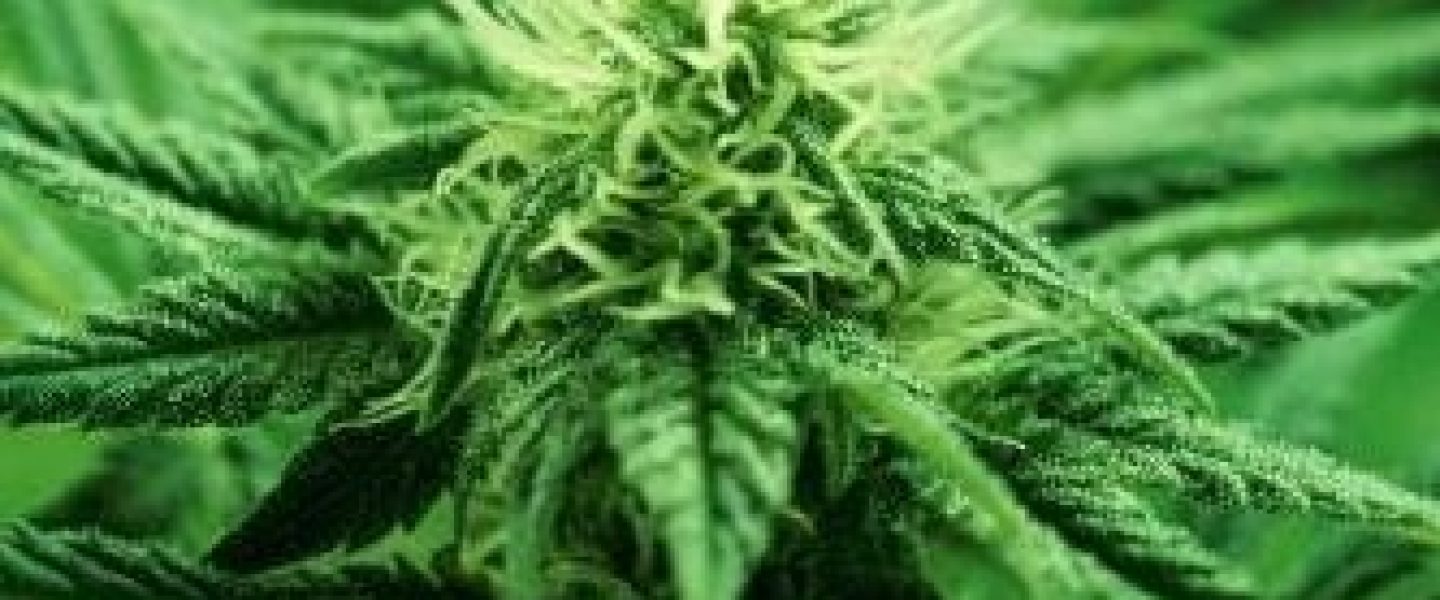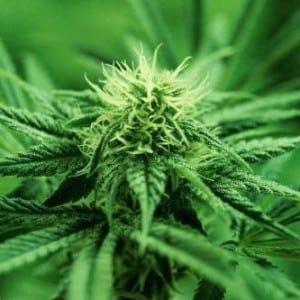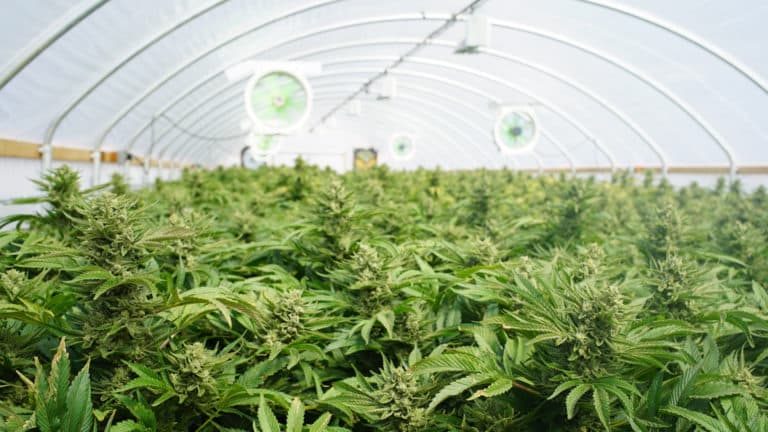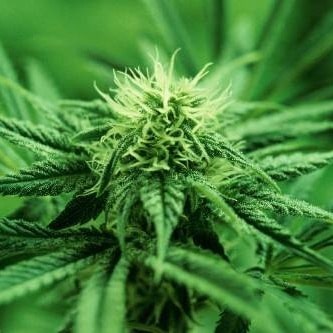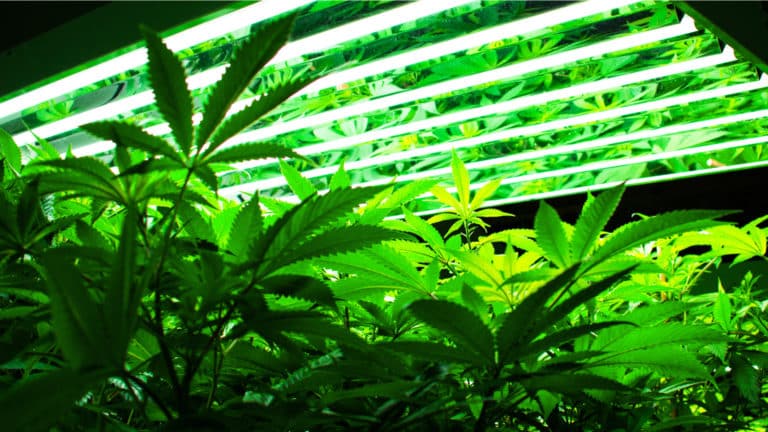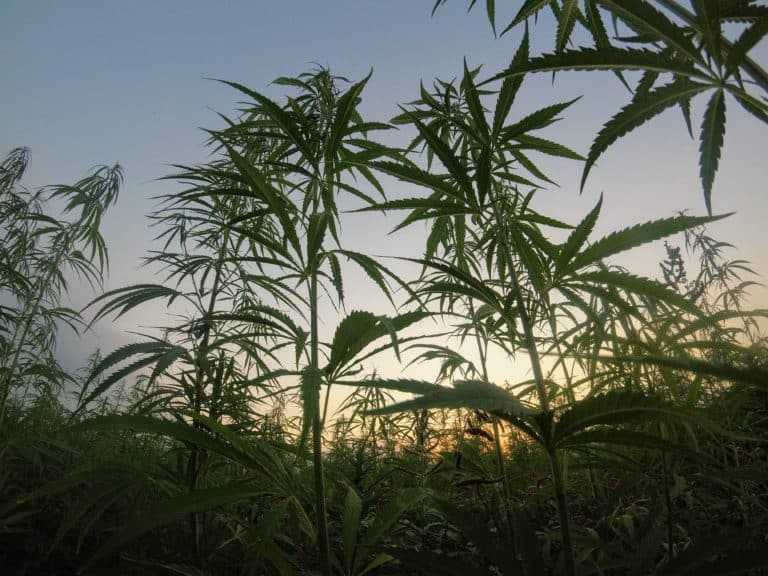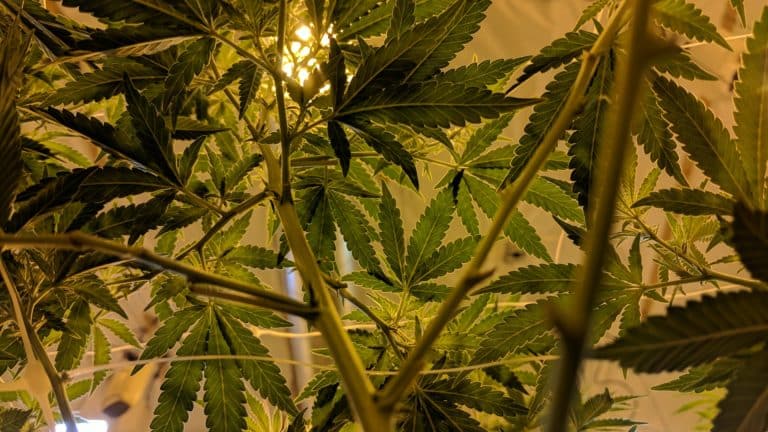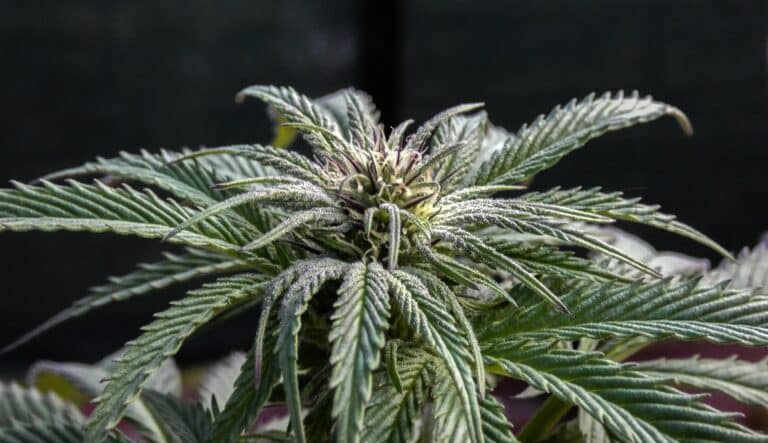Picking the right fertilizer can make the difference between a plant that is merely “surviving” and a plant that is truly “thriving”. Before you start growing marijuana, you want to know what your plant will need throughout its life cycle and how to buy (or create) your own plant food supplies. Fertilizer, generally, is any element that can be introduced to soil, water, or to a plant itself that will spur healthy growth beyond what it would be without aid from the fertilizing element. Just as a human athlete needs a proper diet to achieve maximum performance levels, so does a cultivated plant require the equivalent of a healthy diet to attain maximum growth.
There are many types and forms of fertilizer, but the one that works best is the one that most effectively provides the health-enhancing nutrients that a plant needs most at that time. For now, for our purposes, forget sophisticated and often expensive soil and water testers; you can do very well using only a few proven basics and simple off-the-shelf growing products.
What Cannabis Plants Eat
The three main elements marijuana plants need are nitrogen (N), phosphorus (P), and potassium (K). All three of these are needed for strong root growth, vigorous leafing, and for lush flowers with high yields. Commercial potting soils are pre-blended with a balanced NPK ratio that will sustain a plant for the first two or three weeks. As plants grow taller and broader, supplemental nutrients are required. A great product for feeding marijuana plants is Marijuana Booster, and I suggest you check it out.
Once you reach the vegetative, or leafing, stage, a good “20-20-20″ supplement is often adequate to maintain proper growth and development; that designation stands for the percentage of nitrogen, phosphorous, and potassium infused into potting soil when it is manufactured. Indoor growers dilute this formula to one-half or one-quarter strength, because enclosed marijuana does not tolerate full-strength nutrient feedings well, and may exhibit the leaf drooping associated with a temporary shock to the system. Diluted solutions of 20 percent NPK are probably best administered twice a week, although some growers feed their plants at every watering. Marijuana plants grown outdoors aren’t so finicky, perhaps because they have greater freedom for root growth and breathe naturally fresh air.
The science Behind the Food
Just as in people and animals, all of the nutrients listed here work together to maintain healthy growth and development, and every one of them can be critical. Plants may grow poorly, refuse to grow at all, or even die if deprived of any one of these nutrients, because some are symbiotic in their ability to be metabolized as food. If deprivation is acute, a plant may go into “nutrient lockout,” a phenomenon in which the lack of a single necessary element disables the plant’s ability to absorb some or all of the other nutritional elements. When deciding which fertilizer you want to use, pay attention to the ingredients you see on the side of the box. You don’t need to understand the exact bioscience behind the numerous chemical ingredients in each product, but if you know what elements to look for, you stand a better chance of providing the best munchies for your hungry plant.
-In the flowering stage, an increased amount of phosphorus is needed to promote the production of flowers and bud sites and to encourage maximum yield. Phosphorus by itself, or in a higher, unbalanced ratio of 10-30-10 (10 percent nitrogen, 30 percent phosphorous, and 10 percent potassium), is the most preferred feeding mix at this stage.
-Secondary foods that are required to achieve maximum growth and potency include calcium (Ca), sulfur (S), and magnesium (Mg). These nutritional elements ensure that plant photosynthesis will be at peak efficiency, inducing strong growth and rapid development.
-Trace minerals a plant needs include boron (B), copper (Cu), molybdenum (Mo), zinc (Zn), iron (Fe), and manganese (Mn). Only small amounts of these elements are needed, but they are essential parts of the formula for total health.
Health problems that your plants experience as a result of needing nutrients are easy to remedy with almost any off-the-shelf general-purpose plant food, but you must act quickly. Aside from the need to bring a plant back to verdant health, think in terms of lost growth; a healthy plant in mid-July is typically between 2 and 3 feet tall, and before harvest time in October or November it will be 5 feet tall or more. Even a mild case of plant malnutrition can subtract two reeks of potential growth, so it’s important to keep plants as healthy as they can possibly be throughout their growing cycle.
Want to know more about growing marijuana? Get a free guide about growing marijuana at this link here. Order some high quality marijuana seeds at this link here.


